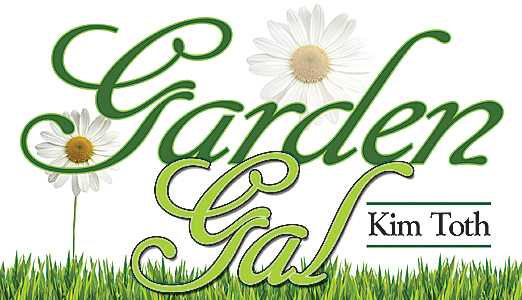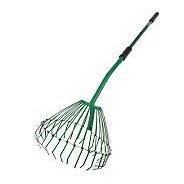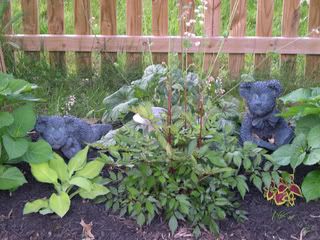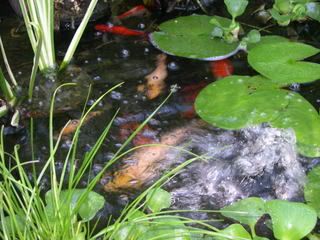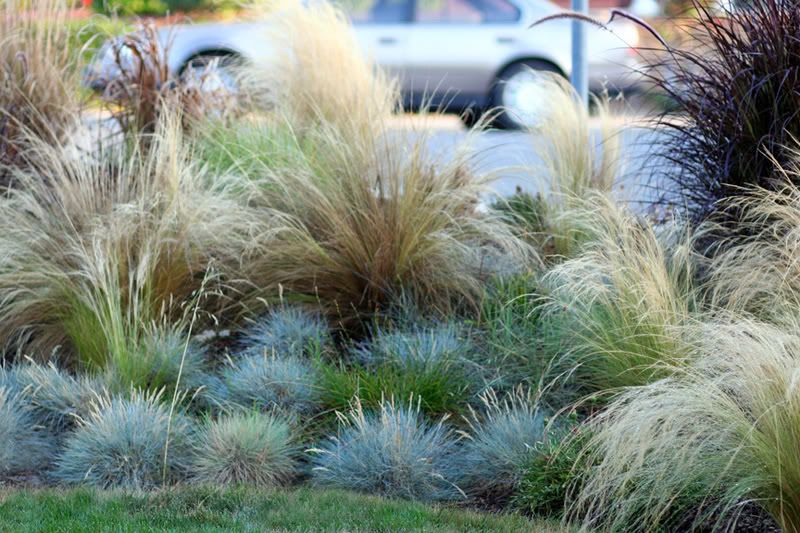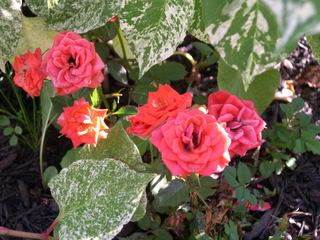5 Ways to Recycle your Xmas Tree

Once the holiday lights go out, give your Christmas tree new life with these five creative ways to extend its usefulness:
1. Winter birds will appreciate using the tree for shelter in your backyard. Secure the trunk to the ground with wire, twine, or stakes.
2. Entice even more backyard visitors by adding suet, molded seeds, or homemade treats such as pine cones smeared with peanut butter or strings of popcorn or cranberries.
3. Chop or grind smaller branches to make mulch for flowers, trees, and shrubs. Cut larger branches into small bundles that will offer winter protection when placed around newly planted perennials and small shrubs. Remove the branches in spring, when the plants begin to grow again.
4. If you have a fish pond, sink the tree to create a refuge and feeding area for fish.
5. Save the needles to create potpourri—a great gift idea for next holiday. Dry the branches, remove and crumble the needles, and mix with cinnamon sticks and whole cloves. Store in jars with lids.
If you have no use for your tree, put it to good use in your community!
Labels: national home gardening club, Recycling Xmas Christmas Trees
 RSS
RSS
